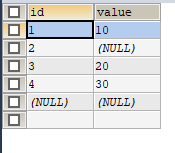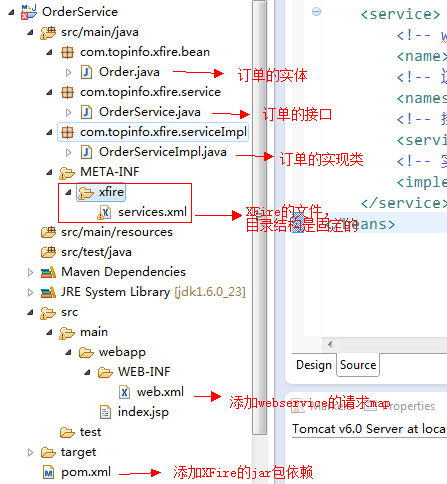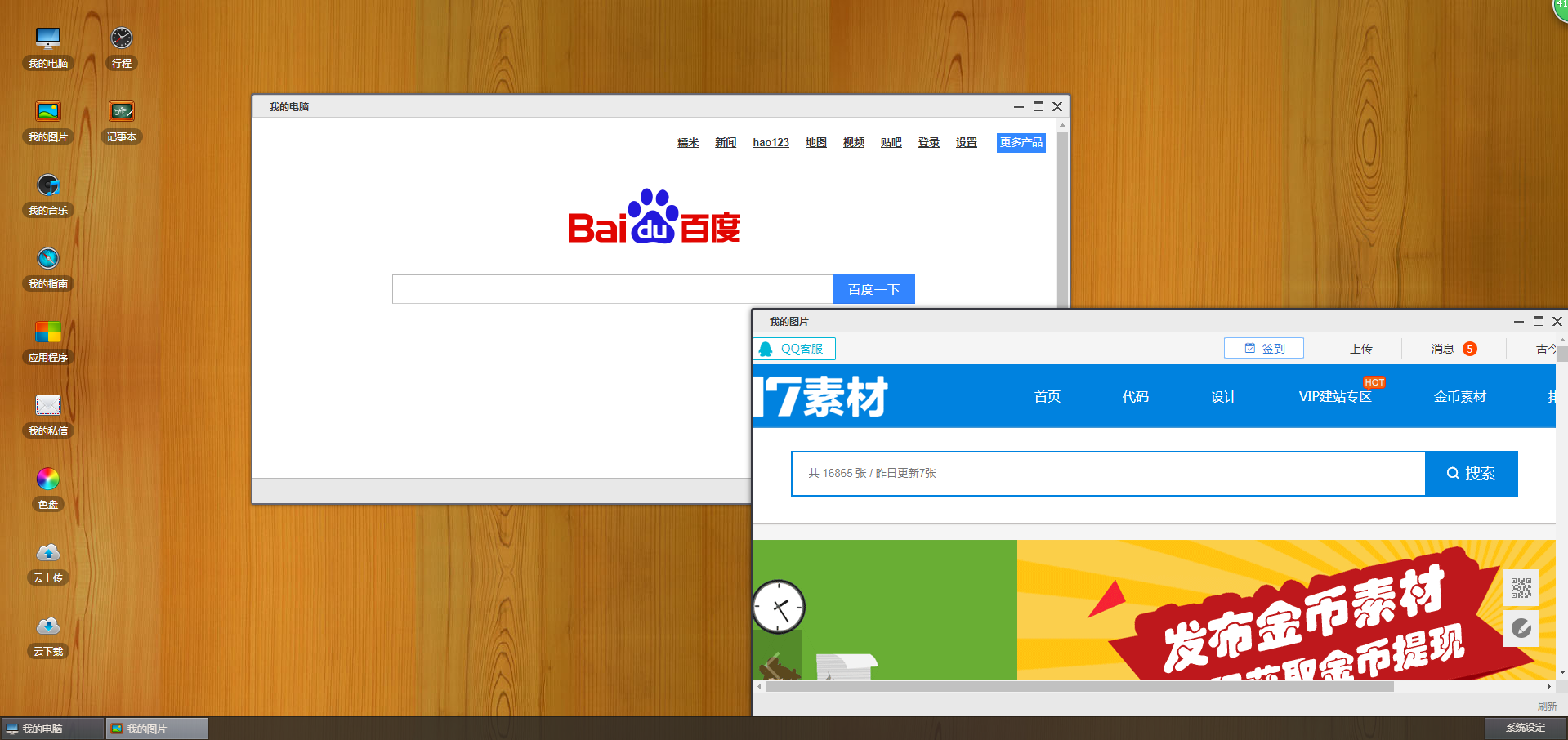Hadoop3.2.1 【 YARN 】源码分析 : RMNode状态机浅析
一. 前言
ResourceManager中用来维护一个节点生命周期的数据结构是RMNode。 RMNode记录了节点可能存在的各个状态, 由RMNodeImpl类实现, 各状态之间的转换由事件触发。
二.RMNode状态机
2.1. RMNode状态机概述
RMNode是ResourceManager中用于维护一个节点生命周期的数据结构, 它的实现是RMNodeImpl类, 该类维护了一个节点状态机, 记录了节点可能存在的各个状态以及导致状态间转换的事件。 当某个事件发生时, RMNodeImpl会根据实际情况进行节点状态转移, 同时触发一个行为 .
RMNode有8种基本状态(Node) 和16种导致状态之间发生转移的事件

2.2. RMNode基本状态
❑ NEW: 状态机初始状态, 每个NodeManager对应一个状态机, 而每个状态机的初始状态均为NEW。
❑ RUNNING: NodeManager启动后, 会通过RPC函数ResourceTracker#registerNodeManager向ResourceManager注册, 此时NodeManager会进入RUNNING状态。
❑ UNHEALTHY: 管理员可在每个NodeManager上配置一个健康状况监测脚本,NodeManager中有一个专门线程周期性执行该脚本, 以判定NodeManager是否处于健康状态。 NodeManager会通过心跳机制将脚本执行结果汇报给Resource-Manager, 如果
ResourceManager发现它处于不健康状态下, 则会将其状态置为UNHEALTHY, 此后ResouceManager不会再为该节点分配新的任务, 直到它重新变为健康状态。 关于健康状况监测脚本的介绍, 可阅读第7章。
❑ DECOMMSIONED: 如果一个节点被加入到exlude list( 黑名单) 中, 则对应的NodeManager将被置为DECOMMSIONED状态, 这样, 该NodeManager将无法与ResourceManager通信( 直接在RPC层抛出异常导致NodeManager异常退出) 。
❑ LOST: ResourceManager中的组件NMLivelinessMonitor会跟踪每一个NodeManager的心跳信息, 如果一个NodeManager在一定时间间隔内未汇报心跳信息, 则认为它死掉了, RMNodeImpl会将其置为LOST状态, 之后它上面所有正运行的Container信息将被置为FAILED。
❑ REBOOTED: 如果ResourceManager发现NodeManager汇报的心跳ID与自己保存的不一致, 则会将其置为REBOOTED状态, 从而要求它重新启动以达到同步的目的。
❑ DECOMMISSIONING: node退役中…
❑ SHUTDOWN:node优雅退出.
2.3. RMNode基本事件

基本RMNodeEventType事件包括:
❑ STARTED: NodeManager启动后, 会通过RPC函数ResourceTracker#registerNodeManager向RM注册, 此时会触发STARTED事件。
// Source: AdminService
❑ DECOMMISSION: 当一个节点被加入exlude list中后, 它上面的NodeManager尝试通过RPC函数ResourceTracker#nodeHeartbeat与NodeManager通信时, 会触发一个DECOMMISSION事件。
❑ GRACEFUL_DECOMMISSION: 优雅退役
❑ RECOMMISSION:重新分配
// Source: AdminService, ResourceTrackerService
❑ RESOURCE_UPDATE: 资源更新
// ResourceTrackerService
❑ STATUS_UPDATE: NodeManager会通过RPC函数ResourceTracker#nodeHeartbeat周期性向RM汇报心跳信息, 而每次汇报心跳均会触发一个STATUS_UPDATE事件。
❑ REBOOTING: 当ResourceManager发现NodeManager汇报的心跳ID与自己保存的不一致时, 会触发一个REBOOTING事件。
❑ RECONNECTED: 如果一个已经在ResourceManager上注册过的NodeManager再次请求注册, ResourceManager会触发一个RECONNECTED事件, 而RMNodeImpl收到该事件后将更新NodeManager信息为新注册汇报的信息。
❑ SHUTDOWN:关闭
// Source: Application
❑ CLEANUP_APP: 当一个应用程序执行完成时(可能成功或则失败) , 会触发一个CLEANUP_APP事件, 以清理应用程序占用的资源。
// Source: Container
❑ CONTAINER_ALLOCATED:Container 分配
❑ CLEANUP_CONTAINER: 当一个Container执行完成时(可能成功或则失败) , 会触发一个CLEANUP_CONTAINER事件, 以清理Container占用的资源。
❑ UPDATE_CONTAINER:更新Container
// Source: ClientRMService
❑ SIGNAL_CONTAINER:
// Source: RMAppAttempt
❑ FINISHED_CONTAINERS_PULLED_BY_AM:
// Source: NMLivelinessMonitor
❑ EXPIRE: ResourceManager中的组件NMLivelinessMonitor会跟踪每一个NodeManager的心跳信息, 如果一个NodeManager在一
定时间间隔内未汇报心跳,NMLiveliness-Monitor会触发一个EXPIRE事件。
三.属性
private static final RecordFactory recordFactory = RecordFactoryProvider.getRecordFactory(null);private final ReadLock readLock;private final WriteLock writeLock;private final ConcurrentLinkedQueue<UpdatedContainerInfo> nodeUpdateQueue;private volatile boolean nextHeartBeat = true;private final NodeId nodeId;private final RMContext context;private final String hostName;private final int commandPort;private int httpPort;private final String nodeAddress; // The containerManager addressprivate String httpAddress;/* Snapshot of total resources before receiving decommissioning command */private volatile Resource originalTotalCapability;private volatile Resource totalCapability;private final Node node;private String healthReport;private long lastHealthReportTime;private String nodeManagerVersion;private Integer decommissioningTimeout;private long timeStamp;/* Aggregated resource utilization for the containers. */private ResourceUtilization containersUtilization;/* Resource utilization for the node. */private ResourceUtilization nodeUtilization;/** Physical resources in the node. */private volatile Resource physicalResource;/* Container Queue Information for the node.. Used by Distributed Scheduler */private OpportunisticContainersStatus opportunisticContainersStatus;private final ContainerAllocationExpirer containerAllocationExpirer;/* set of containers that have just launched */private final Set<ContainerId> launchedContainers =new HashSet<ContainerId>();/* track completed container globally */private final Set<ContainerId> completedContainers =new HashSet<ContainerId>();/* set of containers that need to be cleaned */private final Set<ContainerId> containersToClean = new TreeSet<ContainerId>(new ContainerIdComparator());/* set of containers that need to be signaled */private final List<SignalContainerRequest> containersToSignal =new ArrayList<SignalContainerRequest>();/* * set of containers to notify NM to remove them from its context. Currently, * this includes containers that were notified to AM about their completion */private final Set<ContainerId> containersToBeRemovedFromNM =new HashSet<ContainerId>();/* the list of applications that have finished and need to be purged */private final List<ApplicationId> finishedApplications =new ArrayList<ApplicationId>();/* the list of applications that are running on this node */private final List<ApplicationId> runningApplications =new ArrayList<ApplicationId>();private final Map<ContainerId, Container> toBeUpdatedContainers =new HashMap<>();// NOTE: This is required for backward compatibility.private final Map<ContainerId, Container> toBeDecreasedContainers =new HashMap<>();private final Map<ContainerId, Container> nmReportedIncreasedContainers =new HashMap<>();private NodeHeartbeatResponse latestNodeHeartBeatResponse = recordFactory.newRecordInstance(NodeHeartbeatResponse.class);// 剩下来个有点长, 是 StateMachineFactory 和 stateMachine
四.构造方法

代码:
public RMNodeImpl(NodeId nodeId, RMContext context, String hostName,int cmPort, int httpPort, Node node, Resource capability,String nodeManagerVersion, Resource physResource) {this.nodeId = nodeId;this.context = context;this.hostName = hostName;this.commandPort = cmPort;this.httpPort = httpPort;this.totalCapability = capability;this.nodeAddress = hostName + ":" + cmPort;this.httpAddress = hostName + ":" + httpPort;this.node = node;this.healthReport = "Healthy";this.lastHealthReportTime = System.currentTimeMillis();this.nodeManagerVersion = nodeManagerVersion;this.timeStamp = 0;this.physicalResource = physResource;this.latestNodeHeartBeatResponse.setResponseId(0);ReentrantReadWriteLock lock = new ReentrantReadWriteLock();this.readLock = lock.readLock();this.writeLock = lock.writeLock();this.stateMachine = stateMachineFactory.make(this);this.nodeUpdateQueue = new ConcurrentLinkedQueue<UpdatedContainerInfo>();this.containerAllocationExpirer = context.getContainerAllocationExpirer();}
五.方法
方法我就不细说了, 基本就是获取Node的一些基础信息
比较特殊的就是handle方法, 但也是根据事件交由状态机处理任务.
public void handle(RMNodeEvent event) {LOG.debug("Processing " + event.getNodeId() + " of type " + event.getType());try {writeLock.lock();NodeState oldState = getState();try {stateMachine.doTransition(event.getType(), event);} catch (InvalidStateTransitionException e) {LOG.error("Can't handle this event at current state", e);LOG.error("Invalid event " + event.getType() +" on Node " + this.nodeId + " oldState " + oldState);}if (oldState != getState()) {LOG.info(nodeId + " Node Transitioned from " + oldState + " to "+ getState());}}finally {writeLock.unlock();}}



































还没有评论,来说两句吧...